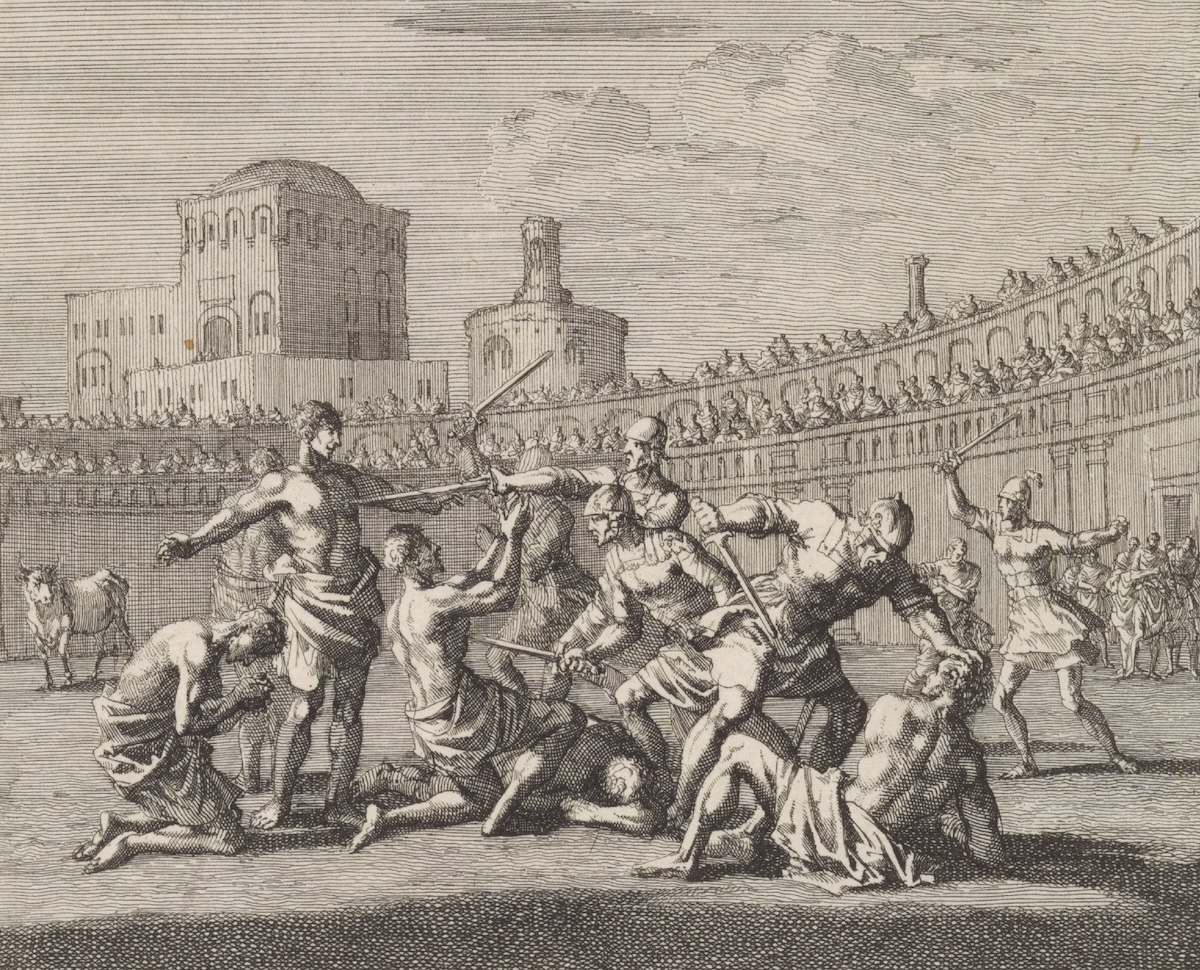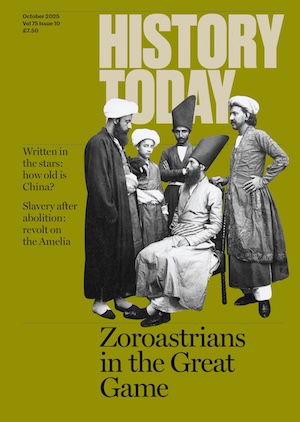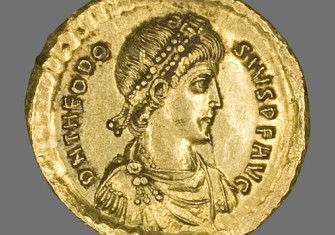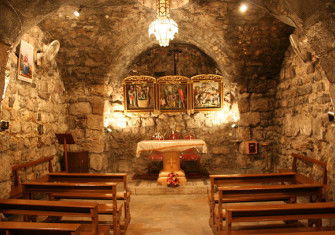Diocletian’s Great Persecution
On 23 February 303 Roman emperor Diocletian embarked on his Great Persecution of the empire’s Christians. Why?

Precisely what spurred the Roman emperor Diocletian to move against Christians is not known. He had reigned without persecution since 284; his wife and daughter may have been Christian. Lactantius, writing c.315, blamed the fiercely devout Galerius – one of Diocletian’s co-emperors – for inciting his anger by burning down a palace and blaming the minority faith.
The persecution began on 23 February 303. It was the feast of Terminus, the god of boundaries – chosen, Lactantius says, ‘so that this religion could be terminated’. An edict was issued: churches were to be razed, scriptures burnt. Crueller edicts followed.
Eusebius, another contemporary source, says the persecution began in the army. It quickly spread. He lingers on the different methods: in Arabia, Christians were killed by axe; in Cappadocia, their limbs were broken; in Mesopotamia they were hung over fires and suffocated by smoke; in Antioch they were roasted on grates.
The acts of various martyrs – such as Felix and Crispina – suggest that sacrifice was the principal contention: both were beheaded for refusing to honour pagan gods so. Toleration would not be renewed until the Edict of Milan in 313, by which time the Christian emperor Constantine had succeeded Diocletian in the west.






